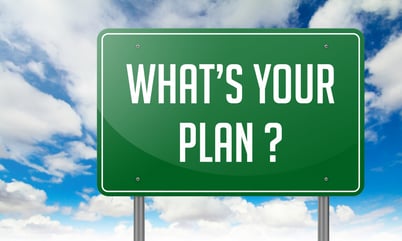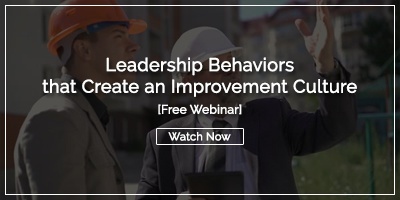 Here at KaiNexus, we get the opportunity to chat with organizations across all industries and write about many different continuous improvement tools and techniques they use. Lately, I’ve been thinking about two things that most have in common.
Here at KaiNexus, we get the opportunity to chat with organizations across all industries and write about many different continuous improvement tools and techniques they use. Lately, I’ve been thinking about two things that most have in common.
First, the tools they use are generally simple but not easy.
And second, the key to success lies in the planning phase.
Both of these observations apply to Kaizen events. The concept is straightforward. A team sets aside other responsibilities for a few days to focus on solving an important challenge in short order. That’s pretty simple, but getting results requires a significant amount of planning and preparation
Fortunately, there is a well-defined path to success.
Here are the seven simple steps to follow before you kick off your next event.
Appoint a Skilled Facilitator
Strong leadership is essential to a successful Kaizen event. You might hire a professional facilitator from outside the company or choose an employee who has been trained to fill that responsibility. Either way, the facilitator should be someone who is well-versed in Kaizen and who has the knowledge and skills to leverage the improvement techniques, such as PSDA or DMAIC, that will be sued during the event. They should be a person who can help the team stay on track. They should understand how to make sure that everyone on the team has a voice and know how to manage conflict.
Learn more about the leadership behaviors that support kaizen by watching this webinar:
Make Sure that Leadership is Engaged
Executive leaders aren’t always directly involved in the Kaizen event, but they should be enthusiastic supporters who understand the process and objectives. Ideally, they will communicate their support to everyone in the organization and underscore the importance of this type of work. Executive support is important because it makes it more likely that employees will fully engage. It also helps ensure that the results of improvement will be long-lasting. Finally, leaders are often involved in removing roadblocks and providing necessary resources for the event.
Set the Scope and Limits of the Event
One danger in Kaizen event planning is the temptation to try to boil the ocean. But Kaizen events are designed to be very specific and targeted. They are not the ideal approach for structural changes that span many functional areas. That’s why it is a good idea to have a clear definition of the target process and function before the event begins. You should clearly state which teams and departments will be involved and which problem you are trying to solve.
Assemble the Team
Kaizen event team members usually include those who are directly responsible for the process to be improved and other stakeholders, such as internal customers of the proves. You might also want to add subject matter experts if appropriate or potentially even external customers or vendors. Kaizen events should also be recognized as a training opportunity, so you might also want to include people who have not yet had the chance to practice this improvement technique even if they aren’t directly involved in the process being improved.
Define Success
Improvement is relative, so in order to know if your Kaizen event has been effective, you must set some benchmarks for improvement. That means taking some objective measurements of existing results and deciding how much better you expect them to be after the event. These key performance indicators might include metrics around quality, cost, resource utilization, customer satisfaction, space utilization, staff efficiency, or other results important to your business.
Provide Training
If your team has had lots of practice with Kaizen events, pre-event training might not be necessary. Otherwise, it is essential to take the time to provide guidance on what to expect during a Kaizen event and which improvement tools will be used. The team should be trained on your improvement management technology and know how it will be used before, during, and after the event to support the effort and capture the knowledge generated. Everyone should be clear about their role and know how their performance will be measured.
Outline the Event Schedule
Flexibility is important during a Kaizen event, but going in, you should have a general roadmap of what is expected to occur. Your exact needs may vary, but generally, we see a plan that looks like this:
Day 1: Map and measure the current process. Decide on the desired results.
Day 2: Consider root causes and possible solutions. Achieve consensus on improvements to be implemented. Document resources needed to apply improvements.
Day 3: Implement improvements.
Day 4: Measure results and apply any necessary adjustments. Document new standard work.
Day 5: Complete training on new standard work. Communicate the changes to the organization. Recognize and reward team members who contributed to the success.
As you can see, much of the effort of a successful Kaizen event is front-loaded. But careful planning is needed if you want to achieve significant results that last. If you follow each of these steps, you’ll put yourself and the team in the best position to tackle even the trickiest of challenges.

![[Watch Now] Top-Down Improvement Software Demo](https://no-cache.hubspot.com/cta/default/326641/2eef07b8-9131-49c5-9adc-bafb52e8796e.png)


Add a Comment